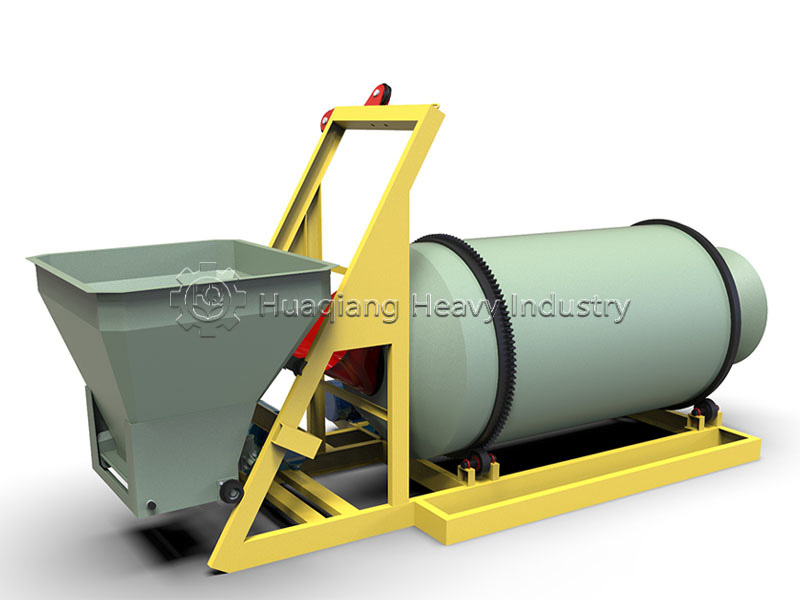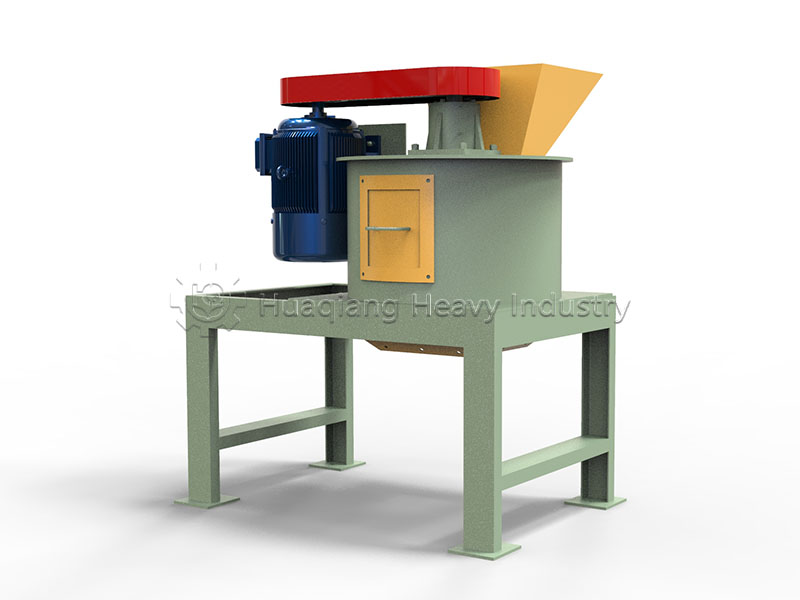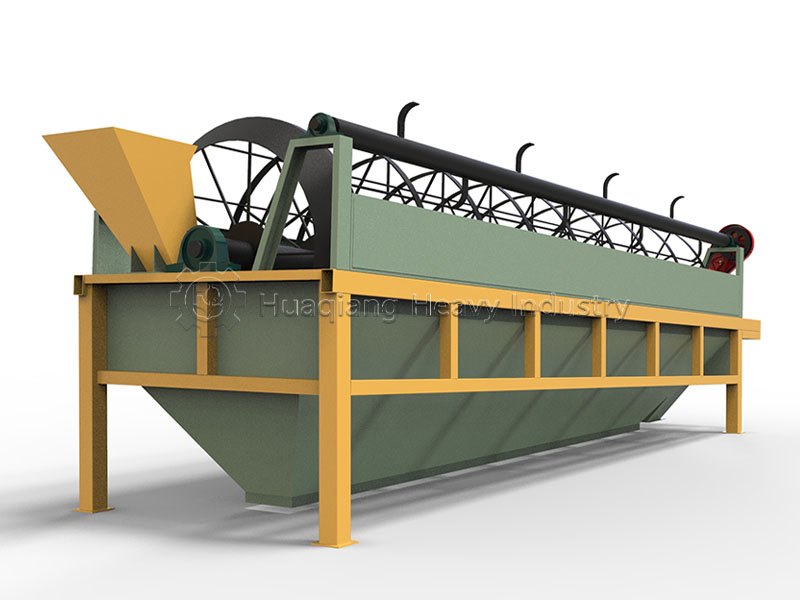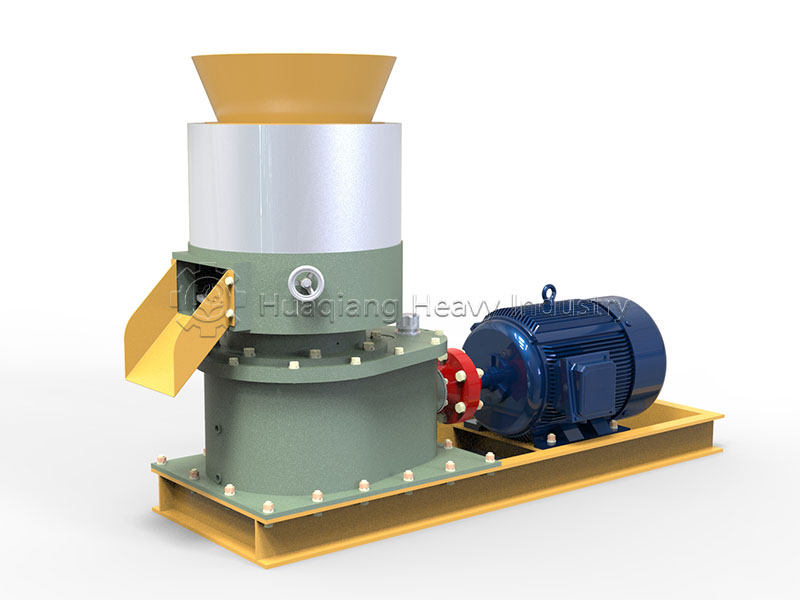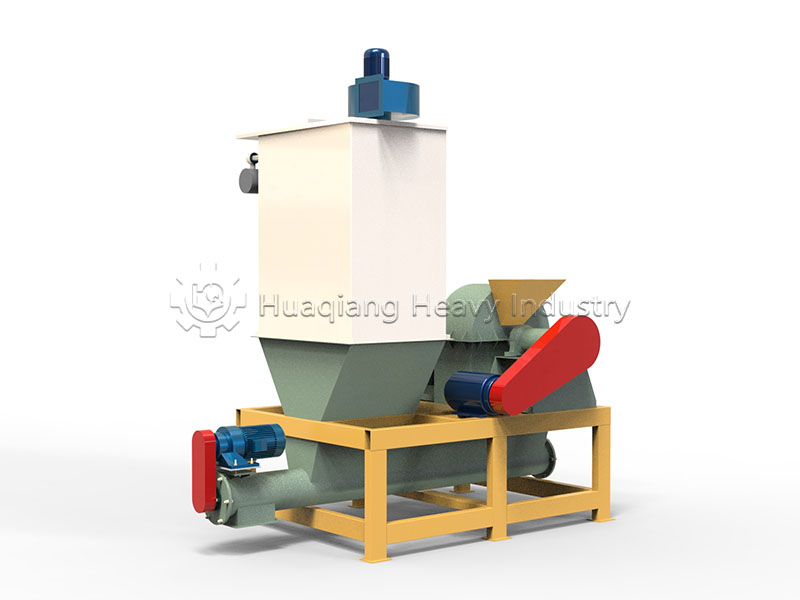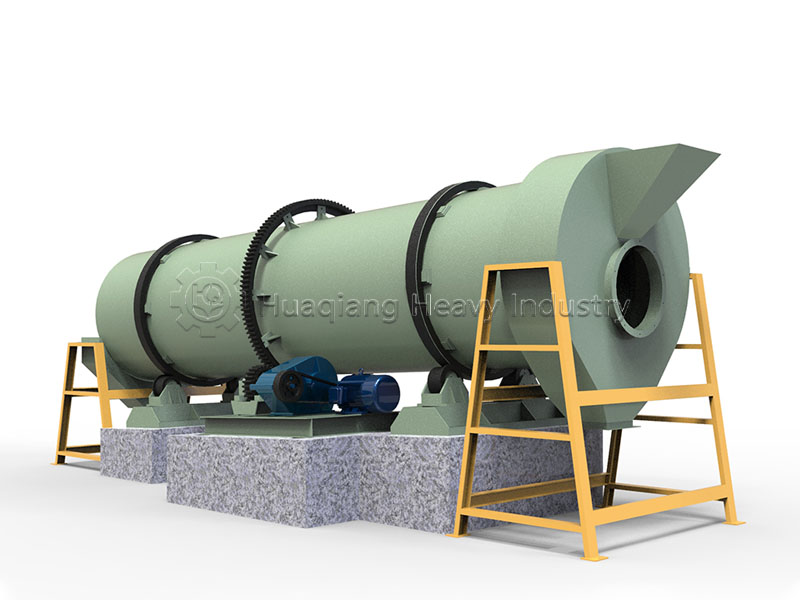Choosing the right equipment is crucial for small and medium-sized organic fertilizer plants, and the new type organic fertilizer granulator is worth considering.
For these plants, equipment selection directly impacts production efficiency and profit margins. As a core piece of machinery, the granulator is closely tied to product quality and market competitiveness. The new type organic fertilizer granulator, with its strong adaptability and cost-effectiveness, has become an ideal choice for small and medium-sized producers.
Small and medium-sized organic fertilizer plants often face challenges such as limited space, tight budgets, and fluctuating raw material quality. Traditional granulators either have excessive capacity leading to waste, or suffer from low pellet formation rates resulting in material loss. The new granulator addresses these issues effectively.
In terms of cost control, the new granulator reduces energy consumption by 20%-30% compared to traditional equipment. Taking a production line with a daily output of 5 tons as an example, it can save about ¥2,000 in electricity costs per month. Its modular design simplifies maintenance, and the replacement cost of core components is reduced by 40%, significantly minimizing downtime losses.
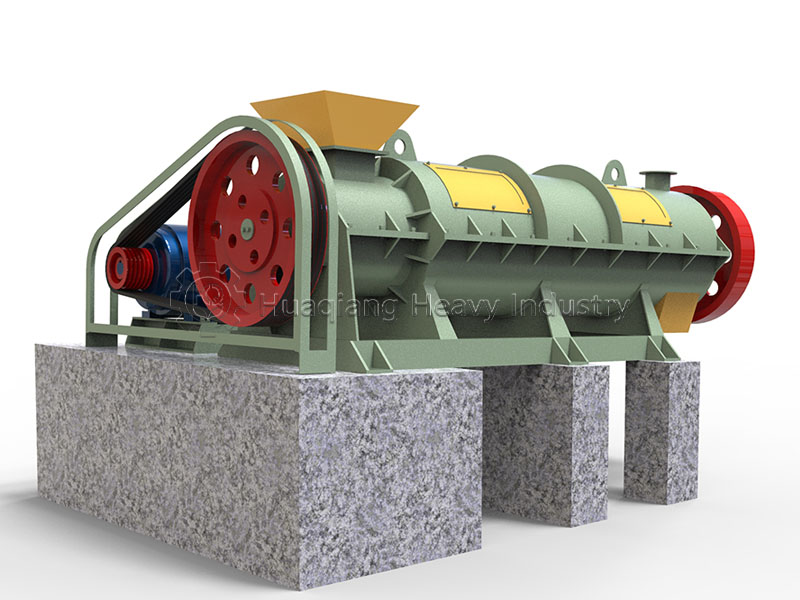
Regarding product quality, the new equipment produces organic fertilizer granules with a uniformity rate of over 90% and moderate hardness. This not only facilitates packaging and transportation but also ensures even nutrient release during fertilization, enhancing market recognition.
With increasingly strict environmental regulations, the new granulator comes equipped with a sealed dust collection system, ensuring dust emissions meet standards. For manufacturers planning to expand their business, some new models support future capacity upgrades without the need for a complete replacement, effectively reducing secondary investment.
Choosing the right granulator allows small and medium-sized organic fertilizer plants to reduce costs, improve efficiency, and enhance product competitiveness. The new type organic fertilizer granulator is undoubtedly a cost-effective choice.
